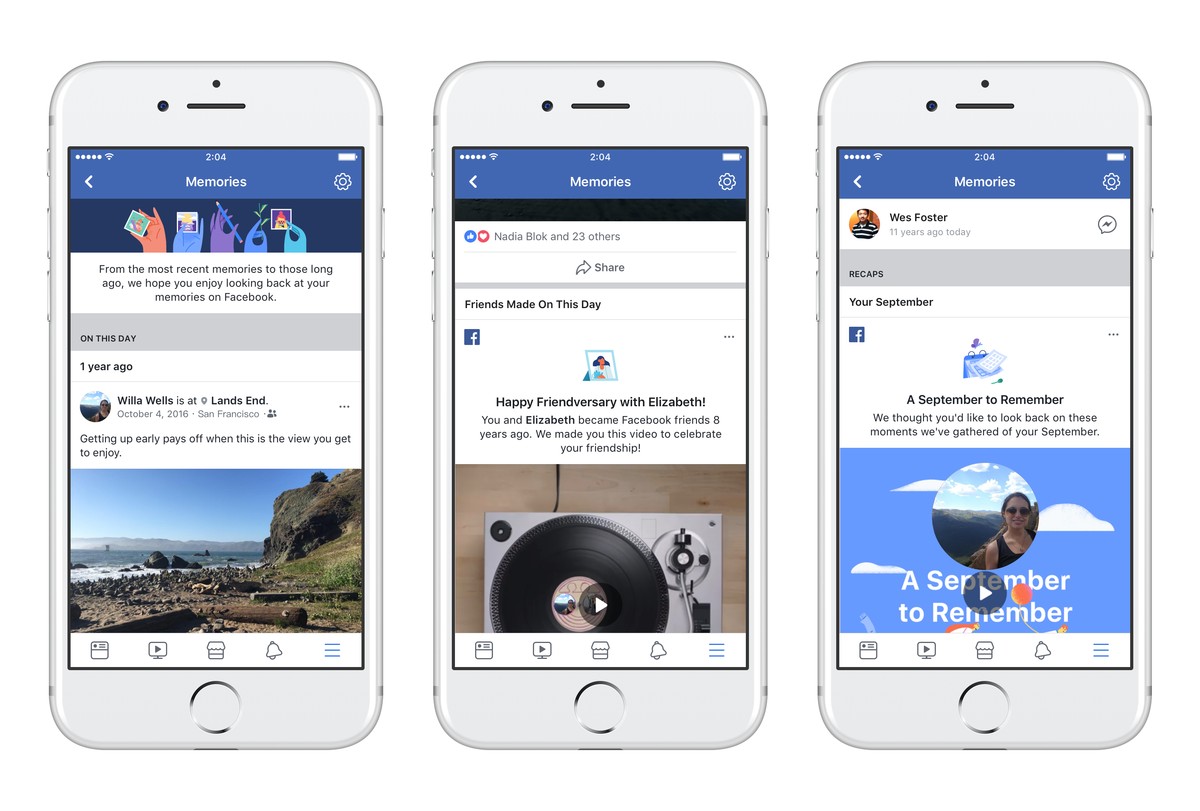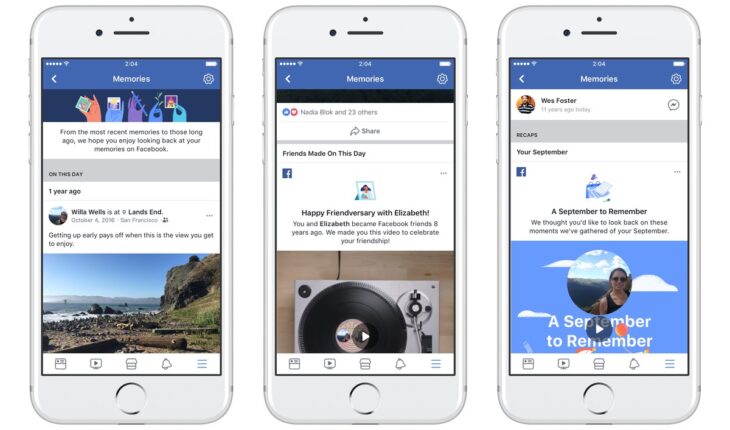
Facebook has announced a significant policy change affecting users who utilize its Live Video feature. Effective February 19, 2025, all live broadcast recordings will be automatically deleted 30 days after their initial broadcast. This adjustment aims to align Facebook‘s storage policies with industry standards, acknowledging that “most live video views occur within the first few weeks of broadcasting.”
Users with existing live videos older than 30 days will receive notifications via email and within the app, informing them of the impending deletions. Upon receiving such a notice, users will have a 90-day window to download or transfer their content before permanent removal. To facilitate this process, Facebook is introducing tools that allow for bulk downloading of videos or direct transfers to cloud storage services like Dropbox or Google Drive. Additionally, users can opt to convert segments of their live videos into Reels, enabling these clips to remain on their profiles beyond the 30-day limit.
For those requiring more time, Facebook offers an option to postpone deletion for up to six months. This can be done by accessing the notification, selecting “learn more,” and then choosing “postpone.”
This policy shift reflects Facebook’s efforts to manage storage resources effectively while ensuring users have sufficient time and tools to preserve their valuable content. Users are encouraged to review their live video archives promptly and take necessary actions to retain important recordings before the new policy takes full effect.
In contrast to Facebook’s new policy, several other platforms offer more extended storage durations for live video content:
- YouTube: Allows users to live stream content and automatically archives these streams on the user’s channel without a set expiration date. This enables creators and viewers to access past live streams indefinitely, providing a lasting resource for content.
- Twitch: Offers varying storage durations based on account type. Standard users have their past broadcasts stored for up to 14 days, while Twitch Partners, Prime, and Turbo subscribers benefit from a 60-day storage period. Although not indefinite, these durations offer a more extended timeframe compared to Facebook’s 30-day limit.
- Instagram: Provides the option to save live videos to IGTV (now integrated into Instagram Video), allowing content to remain accessible on the user’s profile without a predefined expiration. This feature enables creators to maintain a library of their live sessions for followers to view at any time.
These platforms’ approaches highlight the diversity in live video storage policies across social media services. Users seeking longer-term availability of their live broadcasts may consider these alternatives, depending on their content distribution preferences and audience engagement strategies.
Advertisement




